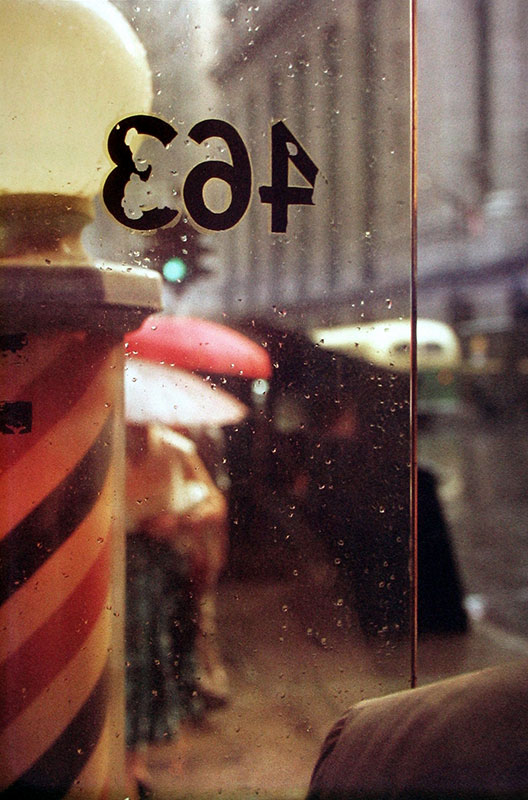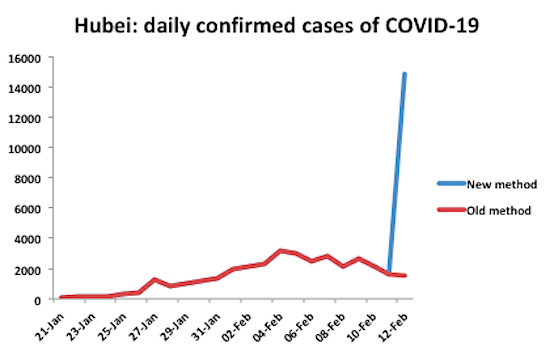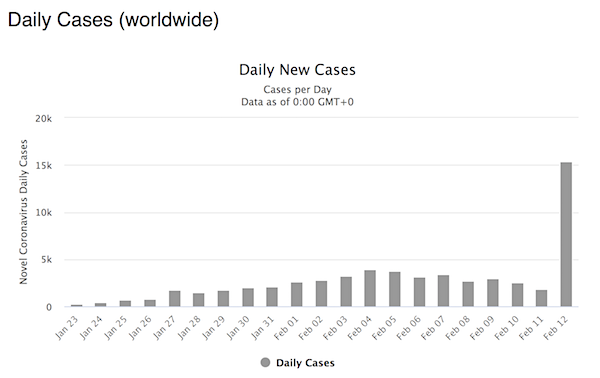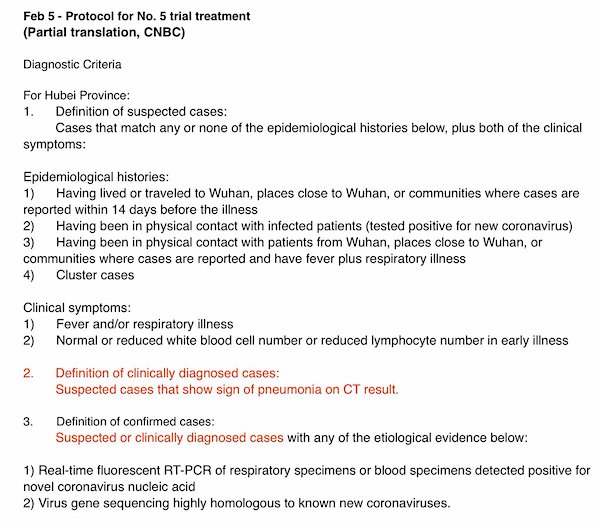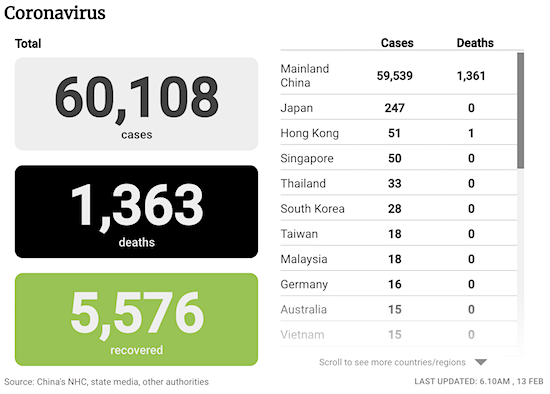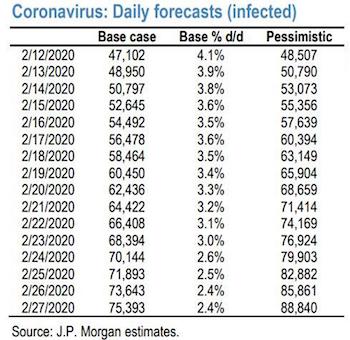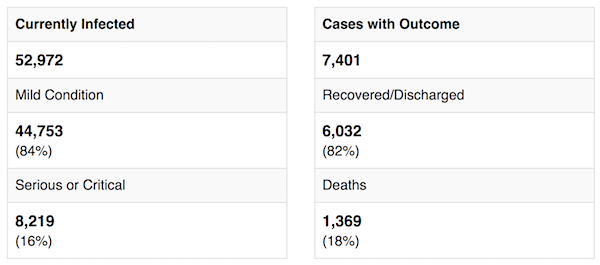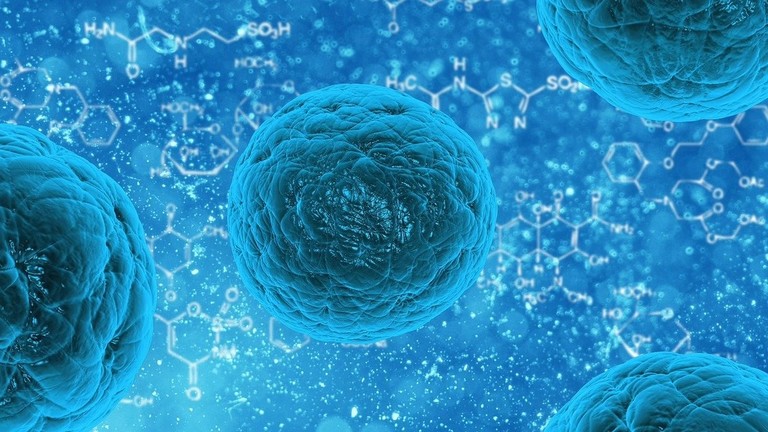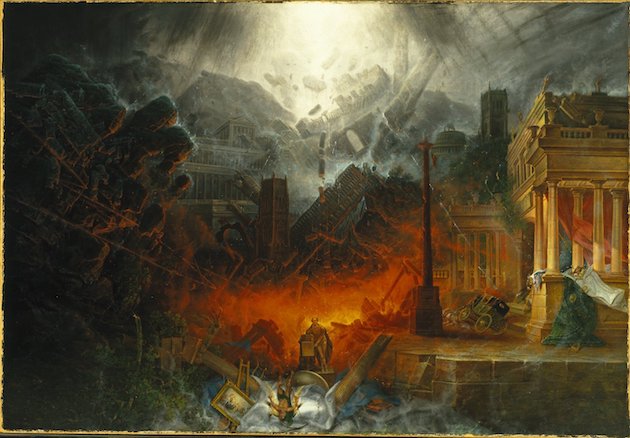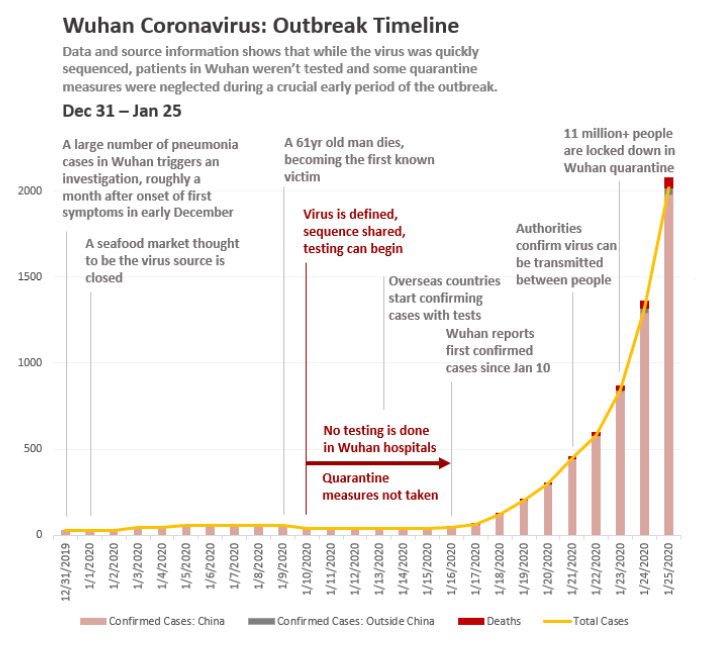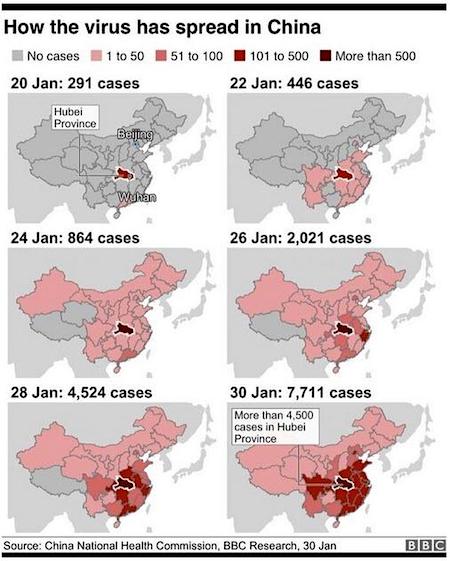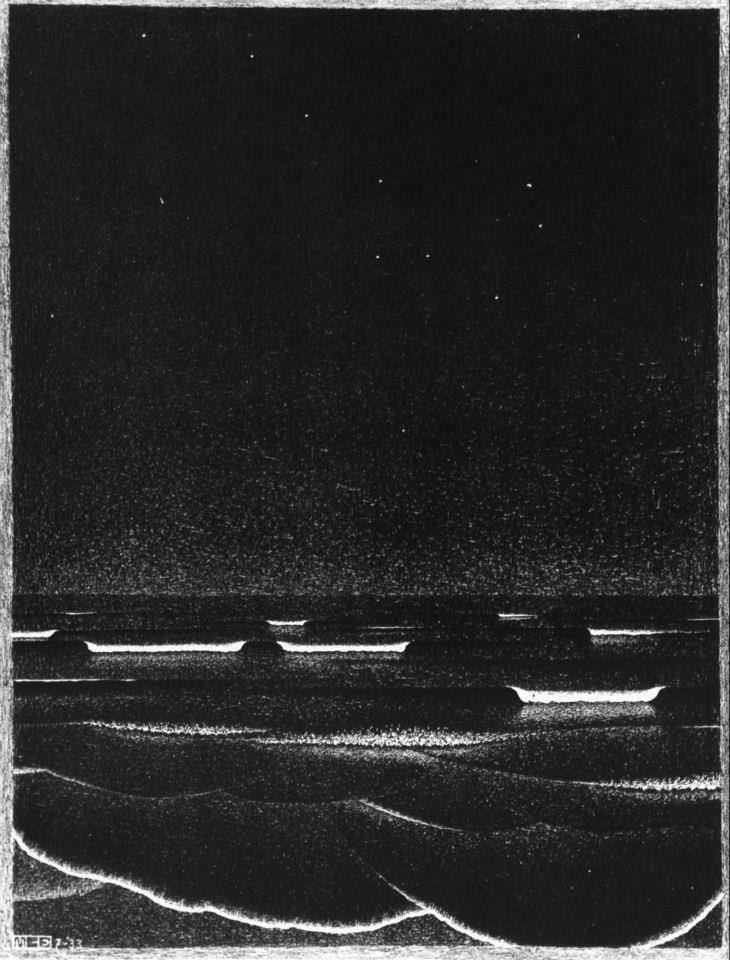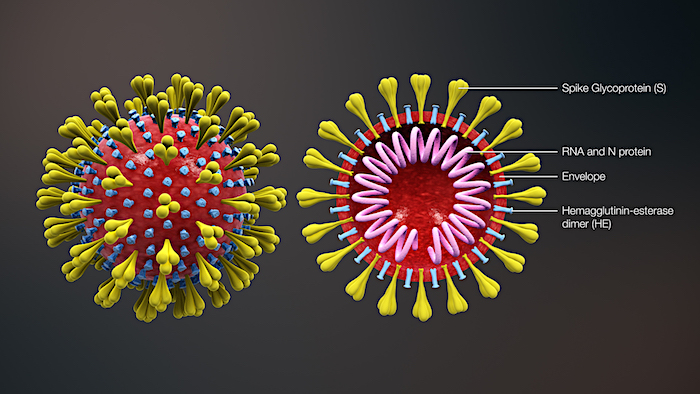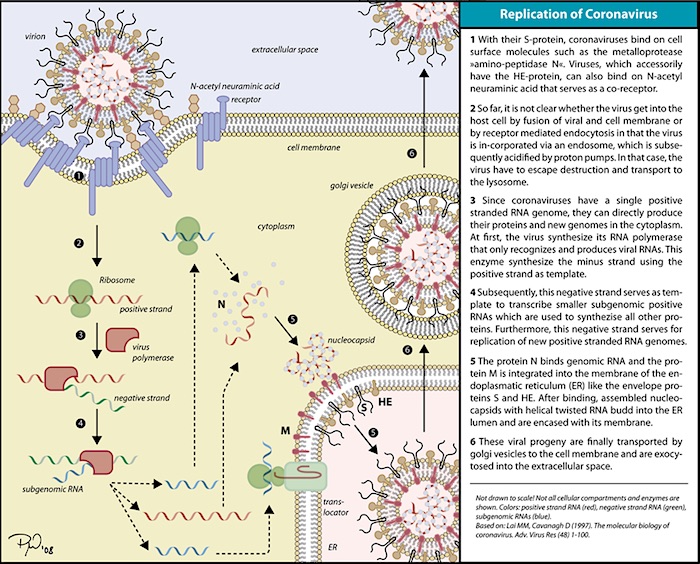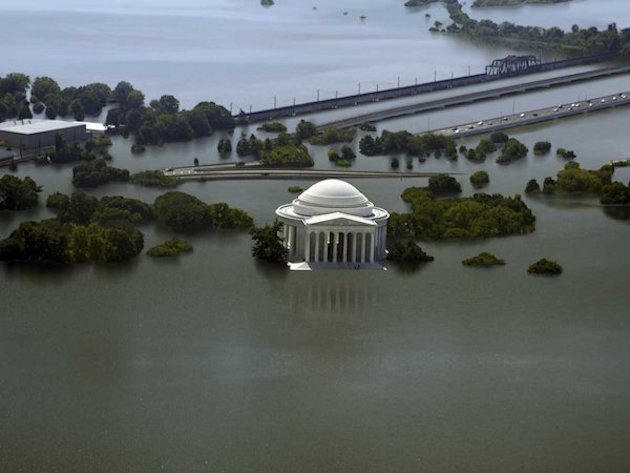
Nickolay Lamm Jefferson Memorial under 25 feet of water

And there goes Columbus. Who and what’s next? Does anyone give any thought anymore to the fact that when all is said and done, Americans will still have to live in their country, together?
The Conservative half of the nation increasingly gets the picture, rightly or wrongly, through their media or their own thoughts, that the other half doesn’t just want to change their country, they want to take it away from them.
Sit down and talk before it’s too late.

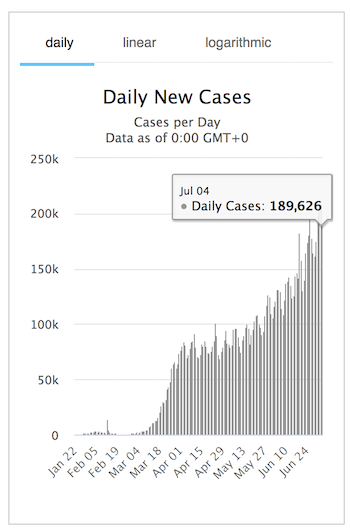
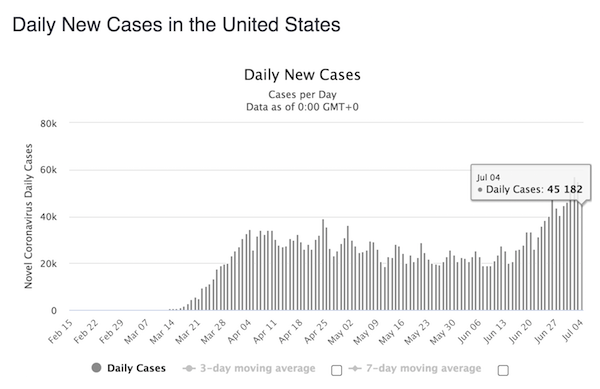

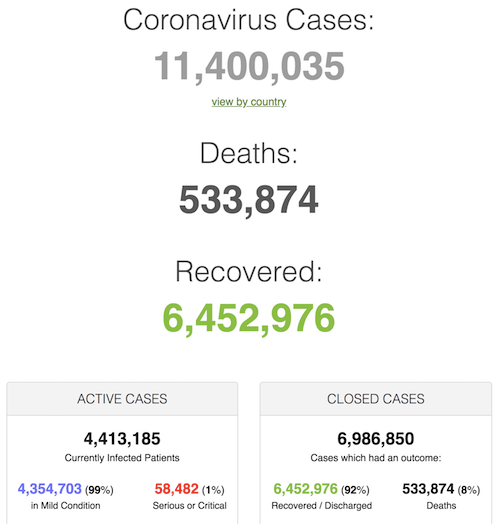

BREAKING: Coronavirus Outbreak
US yesterday 52,104, 7-day average at highest level.
NC, AL, SC, KS, AK all report new highs. National positive rate at 8.1%. FL today now reports 11,458. pic.twitter.com/oxMISixFoV
— Yaneer Bar-Yam (@yaneerbaryam) July 5, 2020
Balkans recently are on a sharp rise, majority of which on highest 7-day average level in two months. Yesterday Bulgaria, Croatia and Montenegro reported their all-time highs. Belarus decrease continues. pic.twitter.com/pHPvyNn0ch
— Yaneer Bar-Yam (@yaneerbaryam) July 5, 2020
Good news that Australia is taking rapid action imposing strong lockdowns to stop recent outbreaks to contain them locally. Yesterday reported 194 (including some historic cases), highest in three months, today 107. pic.twitter.com/aOrHo8cWDm
— Yaneer Bar-Yam (@yaneerbaryam) July 5, 2020

Matt Taibbi doesn’t hit every single button here, but this is certainly a valiant effort.
• On America’s Birthday, Celebrating The Corporate-Sponsored Revolution (Taibbi)
It’s the Fourth of July, and revolution is in the air. Only in America would it look like this: an elite-sponsored Maoist revolt, couched as a Black liberation movement whose canonical texts are a corporate consultant’s white guilt self-help manual, and a New York Times series rewriting history to explain an election they called wrong. Much of America has watched in quizzical silence in recent weeks as crowds declared war on an increasingly incoherent succession of historical symbols.
Maybe you nodded as Confederate general Albert Pike was toppled or even when Christopher Columbus was beheaded, but it got a little weird when George Washington was emblazoned with “Fuck Cops” and set on fire, or when they went after Ulysses S. Grant, abolitionist Colonel Hans Christian Heg, “Forward,” (a seven-foot-tall female figure meant to symbolize progress), the Portland, Oregon “Elk statue,” or my personal favorite, the former slave Miguel de Cervantes, whose cheerful creations Don Quixote and Sancho Panza were apparently mistaken for reals and had their eyes lashed red in San Francisco.
Was a What the Fuck? too much to ask? It was! In the space of a few weeks the level of discourse in the news media dropped so low, the fear of being shamed as a deviationist so high, that most of the weirder incidents went uncovered. Leading press organs engaged in real-time Soviet-style airbrushing. Here’s how the Washington Post described a movement that targeted Spanish missionary Junipero Serra, Abraham Lincoln (a “single-handed symbol of white supremacy,” according to UW-Madison students), an apple cider press sculpture, abolitionist Mathias Baldwin, and the first all-Black volunteer regiment in the Civil War, among others: “Across the country, protesters have toppled statues of figures from America’s sordid past — including Confederate generals — as part of demonstrations against racism and police violence.”
The New York Times, once the dictionary definition of “unprovocative,” suddenly reads like Pol Pot’s Sayings of Angkar. Heading into the Fourth of July weekend, the morning read for upscale white Manhattanites was denouncing Mount Rushmore, urging Black America to arm itself, and re-positioning America alongside more deserving historical parallels in a feature about caste systems: “Throughout human history, three caste systems have stood out. The lingering, millenniums-long caste system of India. The tragically accelerated, chilling and officially vanquished caste system of Nazi Germany. And the shape-shifting, unspoken, race-based caste pyramid in the United States.”
It’s tragic that this even needs saying, but the sudden reinvention in the press of modern America as a Nazi apartheid state is as phony as the thousands of patriotic campaigns that occupied the news media previously. We’re witnessing an obscene malfunction of the elite messaging system. The people who run this country have run out of workable myths with which to distract the public, and in a moment of extreme crisis have chosen to stoke civil war and defame the rest of us – black and white – rather than admit to a generation of corruption, betrayal, and mismanagement.

One down, two to go. When that’s done, rename DC. At least be consistent.
• Protesters Pull Down Columbus Statue In Baltimore, Dump In Harbor (ZH)
A group of protesters in Baltimore spent their 4th of July using ropes to pull down a statue of Christopher Columbus in the city’s Little Italy neighborhood – tossing it into the Inner Harbor. The statue, dedicated in 1984, is the latest monument to be destroyed in what President Trump dubbed the “left-wing cultural revolution” by “angry mobs.” According to the Baltimore Sun, the Columbus statue has been the site of a wreath-laying ceremony right before the annual Columbus Day parade, which, in 2019 was replaced with the Italian Heritage Festival.
“Republican state delegates and Italian-American activists held a press conference at the statue last month to ask Gov. Larry Hogan and Baltimore Mayor Bernard C. “Jack” Young to preserve and protect the memorials, following activists’ comments about pulling down the monuments themselves and the introduction of a City Council bill this week to rename one of them in honor of victims of police violence. The downed statue is one of three monuments to Columbus in Baltimore.“ -Baltimore Sun

Certain to be misunderstood.
• COVID19 Close To Losing Epidemic Status In The US – CDC (JTN)
Coronavirus deaths in the country have nearly reached a level where the virus will cease to qualify as an epidemic under Centers for Disease Control and Prevention rules, the federal agency reported on Friday. The CDC qualifies a disease outbreak as an “epidemic” if the number of deaths attributable to the disease exceeds a certain percentage of total deaths per week. That threshold for pneumonia, influenza and COVID-19 fluctuates slightly depending on the time of year, ranging from around 7% at the height of flu season to around 5% during less virulent months. CDC data indicate that deaths from those ailments began skyrocketing in the country around the second week of March, hitting a peak around early May and then plummeting quickly after that.
The latest data show that the percentage of deaths in the country attributable to those factors had as of the last week in June reached its lowest point since the end of last year, becoming “equal to the [current] epidemic threshold of 5.9%,” the CDC said. The agency notes that the official tally of deaths “will likely change as more death certificates are processed, particularly for recent weeks.” Yet the number of deaths attributable to COVID-19, pneumonia and influenza have been declining for 10 straight weeks, the agency said on its website, suggesting COVID-19 may cease to qualify as an epidemic in the next few weeks. The welcome news comes as fear over a “second wave” of the virus has gripped the U.S., with some states experiencing fresh surges of COVID-19 along with increased hospitalizations.

It is almost funny. One day after a study is published that says HCQ does work, the WHO strikes back again.
• Hydroxychloroquine Knocked Again: WHO Shuts Down Trials (F.)
The World Health Organization announced Saturday it would suspend trials for the malaria drug hydroxychloroquine and HIV treatment lopinavir/ritonavir for Covid-19 patients, casting further doubt on the drugs as potential coronavirus treatments. The two drugs “produced little or no reduction” in mortality rates for Covid-19 patients, the WHO’s statement read, and that the trial’s international steering committee recommended it discontinue the trials for the drugs. The call only applies to this specific trial and will not affect any other studies of how the treatments can be used as a pre- or post-exposure drug or by patients not in hospital, the WHO wrote.
According to Reuters, the WHO is also leading a trial into whether remdesivir, Gilead’s antiviral treatment, can be used for Covid-19 infections. Last month, the FDA announced it was withdrawing an emergency use authorization it issued in March for chloroquine and hydroxychloroquine as Covid-19 treatments because the potential side effects—namely heart problems—outweighed possible benefits, although according to the FDA website the organization is still investigating risks of the two drugs.

The Zelenko research is finally available.
• Early Treatment with Zinc, Low Dose HCQ and Azithromycin (Zelenko et al)
Objective: To describe outcomes of patients with coronavirus disease 2019 (COVID-19) in the outpatient setting after early treatment with zinc, low dose hydroxychloroquine, and azithromycin (the triple therapy) dependent on risk stratification. Design: Retrospective case series study. Setting: General practice. Participants: 141 COVID-19 patients with laboratory confirmed severe acute respiratory syndrome coronavirus 2 (SARS-CoV-2) infections in the year 2020. Main Outcome Measures: Risk-stratified treatment decision, rate of hospitalization and all-cause death. Results: Of 335 positively PCR-tested COVID-19 patients, 127 were treated with the triple therapy. 104 of 127 met the defined risk stratification criteria and were included in the analysis.
In addition, 37 treated and eligible patients who were confirmed by IgG tests were included in the treatment group (total N=141). 208 of the 335 patients did not meet the risk stratification criteria and were not treated. After 4 days (median, IQR 3-6, available for N=66/141) of onset of symptoms, 141 patients (median age 58 years, IQR 40-60; 73% male) got a prescription for the triple therapy for 5 days. Independent public reference data from 377 confirmed COVID-19 patients of the same community were used as untreated control. 4 of 141 treated patients (2.8%) were hospitalized, which was significantly less (p<0.001) compared with 58 of 377 untreated patients (15.4%) (odds ratio 0.16, 95% CI 0.06-0.5).

“The New England Journal of Medicine and The Lancet are the two most influential, most highly resourced medical journals in the world. If they no longer have the ability to detect what is essentially fraudulent research, then… Then what?”
• Financial Muscle Of Big Pharma Distorting Science During The Pandemic (RT)
This idea was further reinforced by the knowledge that it has some effects on reducing the so-called ‘cytokine storm’ that is considered deadly with Covid-19. It’s prescribed in rheumatoid arthritis to reduce the immune attack on joints. The other reason for recommending hydroxychloroquine is that it’s extremely safe. It is, for example, the most widely prescribed drug in India. Billions upon billions of doses have been prescribed. It is available over the counter in most countries. So, I felt pretty comfortable in recommending that it could be tried. At worst, no harm would be done. Then hydroxychloroquine became the center of a worldwide storm. On one side, wearing the white hats, were the researchers who’d used it early on, where it seemed to show some significant benefits.
For example, Professor Didier Raoult, of the Institut Hospitalo-universitaire Méditerranée Infection, in France: “A renowned research professor in France has reported successful results from a new treatment for Covid-19, with early tests suggesting it can stop the virus from being contagious in just six days.” Then came this research from a Moroccan scientist at the University of Lille: “Jaouad Zemmouri … believes that 78 percent of Europe’s Covid-19 deaths could have been prevented if Europe had used hydroxychloroquine… Morocco, with a population of 36 million [roughly one tenth that of the US], has only 10,079 confirmed cases of Covid-19 and only 214 deaths. “Professor Zemmouri believes that Morocco’s use of hydroxychloroquine has resulted in an 82.5 percent recovery rate from Covid-19 and only a 2.1 percent fatality rate, in those admitted to hospital.”
Just prior to this, on May 22, a study was published in The Lancet, stating that hydroxychloroquine actually increased deaths. It then turned out that the data used could not be verified and was most likely made up. The authors had major conflicts of interest with pharmaceutical companies making anti-viral drugs. In early June, the entire article was retracted by Horton. Then a UK study came out suggesting that hydroxychloroquine did not work at all. Discussing the results, Professor Martin Landray, an Oxford University professor who is co-leading the Randomised Evaluation of Covid-19 Therapy (RECOVERY) trial, stated: “This is not a treatment for Covid-19. It doesn’t work. This result should change medical practice worldwide. We can now stop using a drug that is useless.”
The study has since been heavily criticized by other researchers, who state that the dose of hydroxychloroquine used was potentially toxic. It was also given far too late to have any positive effect. Many of the patients were already on ventilators. This week, I was sent a pre-proof copy of an article about a study that will be published in the International Journal of Infectious Diseases. Its author has found that hydroxychloroquine “significantly” decreased the death rate of patients involved in the analysis. The study analyzed 2,541 patients hospitalized in six hospitals between March 10 and May 2 2020, and found 13 percent of those treated with hydroxychloroquine died and 26 percent of those who did not receive the drug died.

Smaller droplets.
• More Than 200 Scientists Dispute WHO Theory On COVID19 Transmission (BT)
More than 230 scientists from 32 different countries have signed an open letter to the World Health Organisation (WHO) disputing the official view on how the coronavirus Covid-19 can be spread by aerosol. The official view of Covid-19 transmission supports two methods: droplets of saliva from an infected person produced during coughing or sneezing, which are then inhaled by someone else in the vicinity; and particles picked up from surfaces contaminated by such droplets, and then introduced to eyes, nose or mouth by someone else. However the open letter, due to be published next week in a scientific journal, argues that there is a third method.
In normal circumstances people produce aerosol droplets when singing or even speaking, which are much smaller than those produced in coughing and sneezing, and which because of their size, hang longer in the air and are also more likely to be carried on currents of air. The case for aerosol transmission came to light when 53 members of a 61-member choir in the US became infected in March despite observing sanitary measures. Two of those infected died. Scientists suggested that group singing was the source of the infection: a large group of people in a confined space breathing more or less in time with each other, and breathing in and out more forcefully than usual while singing.
That case was supported when news emerged of a restaurant in the Chinese city of Guangzhou, and an outbreak that took place there that affected ten people from three families dining at separate tables. One person from one of the families had recently returned from Wuhan, where the pandemic started, but was without symptoms.

And will announce again they go green.
• BP and Shell Write-Off Billions in Assets (ICN)
Two of the world’s largest energy companies have sent their strongest signals yet that the coronavirus pandemic may accelerate a global transition away from oil, and that billions of dollars invested in fossil fuel assets could go to waste. This week, Royal Dutch Shell said it would slash the value of its oil and gas assets by up to $22 billion amid a crash in oil prices. The announcement came two weeks after a similar declaration by BP, saying it would reduce the value of its assets by up to $17.5 billion. Both companies said the accounting moves were a response not only to the coronavirus-driven recession, but also to global efforts to tackle climate change. Some analysts say the global oil and gas industry is undergoing a fundamental transformation and is finally being forced to reckon with a future of dwindling demand for its products.
“I think we may look back on this as the turning point, the moment the industry finally started to say that real assets with real dollar figures associated with them are likely to be ‘stranded'”—or left undeveloped—”in a decarbonizing world,” said Andrew Logan, senior director of oil and gas at Ceres, a sustainable business advocacy group that has represented major investors in their engagement with oil companies. “This is a huge turnaround from the industry’s previous stance, which had been that no existing assets were likely to be stranded, that there may be risks in the future, but not in the here and now. That acknowledgment, that the risk is real and it’s here in the present, is a really big deal.”

Ain’t that the truth.
• Flynn’s Prosecution: The More We Learn, The Worse It Seems (Hill)
Flynn’s attorney, Sidney Powell, petitioned the court to order Sullivan to dismiss the appeals court case. Since both the prosecution and defense agree that the case should be dismissed, it had been in judicial limbo while the judge was deciding if he wanted to dismiss it or move forward with sentencing. This is the second federal court in less than a year to rebuke the FBI, with Judge Neomi Rao’s opinion noting the agency’s handling of cases related to the failed Russia collusion narrative. The Foreign Intelligence Surveillance Act (FISA) court also did so in December.
The second, and perhaps more significant, news was the revelation that additional evidence in the FBI’s possession was not previously turned over to Flynn or his attorneys. In a landmark case that is rapidly becoming known to many Americans, the Supreme Court held in Brady v. Maryland in 1963 that prosecutors must disclose the existence of exculpatory evidence to a defendant, regardless of how they obtained it or if it relates to their theory of prosecution. And therein lies a two-part problem with the recent disclosure of a handwritten note by fired deputy assistant FBI director Peter Strzok.
The first problem is that such nondisclosure would even occur — especially in the courtroom of Judge Sullivan, who was burned by prosecutors’ violations of the Brady rule, including the 2008 prosecution of former Sen. Ted Stevens (R-Alaska). Sullivan starts his trials with a strict admonition about Brady and stresses the continuing obligation on the part of the government. The second concern is that Strzok’s notes appear to document that then-President Obama and then-Vice President Joe Biden were driving a criminal investigation of a senior official of an incoming administration from the Oval Office.

Halper’s role is ugly on multiple fronts.
• False Allegations Of Affair With Flynn Used As Pretext For FBI Probe (JTN)
Svetlana Lokhova’s life flipped upside down when she became ensnared in what she describes as a completely false narrative that she had recruited Michael Flynn to work with the Russian government. Lokhova, an immigrant from Russia to Britain who worked as an academic at the world-renowned Cambridge University, found herself facing allegations that she had been involved in an affair with Flynn. A new mother at the time, Lokhova described herself as “absolutely gobsmacked” by the allegations. She explained during an interview on the “John Solomon Reports” podcast that she met Flynn once in 2014 when he visited Cambridge while he was serving as the Director of the Defense Intelligence Agency.
She was seated across the table and one seat down from Flynn at a 2014 dinner that was held after Flynn had delivered a presentation, she said. During the dinner, Lokhova spoke about a postcard written by a young Joseph Stalin in 1912 that she had discovered in the Soviet archives. Flynn viewed the document on her iPad and requested that Lokhova email him a copy. She obliged, emailing it to Flynn and copying Flynn’s assistant. When Flynn left the event, Lokhova said, she remained and spoke with others about “how successful the dinner was.” During the podcast, Lokhova recalled an incident when an American man at Cambridge named Stefan Halper fell asleep and snored during a presentation that she gave.
But despite his apparent lack of interest in her, Halper in 2016 wanted to have dinner with her. Halper requested “through my professor to have a private dinner with me at my professor’s house,” Lokhova said. She declined to attend, and said that this occurred shortly after Flynn was announced as a Trump campaign adviser. Lokhova said that an FBI memo revealed that Halper told the FBI that he witnessed Lokhova departing the Cambridge dinner in a cab with Flynn and boarding a train along with him. She said Halper also claimed she was affiliated with Russian intelligence. Lokhova said all of those allegations are false and that Halper did not even attend the dinner. “But based on this completely false statement that I somehow seduced General Flynn, they start investigating General Flynn for espionage,” she said.

Fine by me, fine by me. But a Dutch guy had me laugh when he wrote: “I don’t know about yours, but my ID card only has a photo of my head on it”.
• Sex Will Be Removed From Dutch ID-Cards (BT)
Identity cards in the Netherlands will no longer state whether the holder is male or female, from 2024 or 2025. With this decision, the government wants to meet people who, for example, do not feel entirely male or female. The sex indication will not be removed until about four years from now, as the production of identity cards would be reviewed then anyway, making the costs and consequences of the change “limited,” according to Dutch Minister for Emancipation Ingrid van Engelshoven. However, the law and the instructions for the police still have to be amended. Interest groups COC Nederland (lesbians, gay men, bisexual, transgender and intersexual people), NNID (sex diversity) and TNN (transgender people) have been arguing for this for some time.
They are happy with the plans and call it “great news for people who have problems with that indication of sex on their identity documents day in, day out,” reports Het Laatste Nieuws. According to the organisations, the removal offers a solution to people who keep getting unnecessary and indiscreet questions at counters, on the train or at the border. For the time being, international passports will retain a sex indication. The Cabinet wants to wait and see if other countries want to get rid of gender registration, reports NOS. Germany, for example, has had an identity card without the designation ‘man’ or ‘woman’ for some time now, and an increasing number of countries are offering the same possibility.

We try to run the Automatic Earth on donations. Since their revenue has collapsed, ads no longer pay for all you read, and your support is now an integral part of the interaction.
Thank you.

https://twitter.com/i/status/1279201750243631104

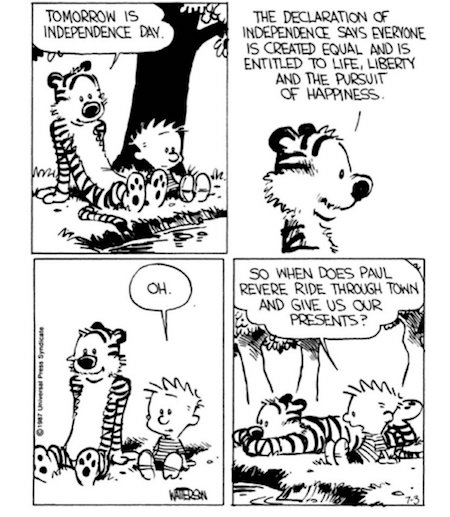

Support the Automatic Earth in virustime.


